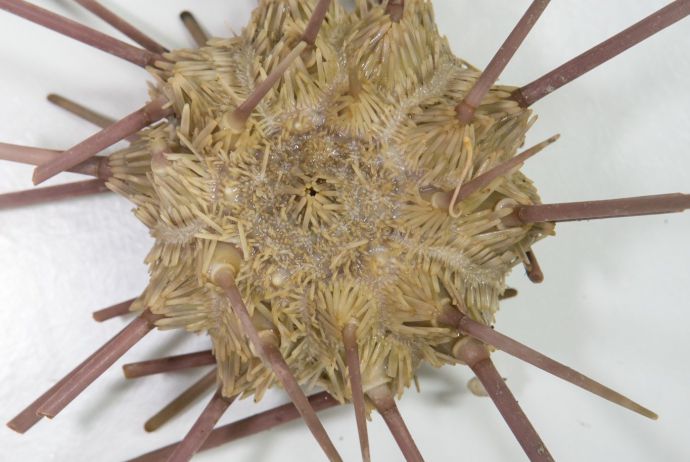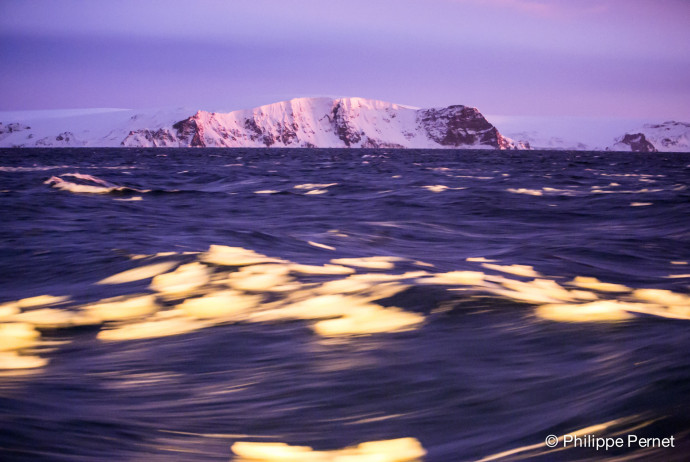
The SCAR Biogeographic Atlas of the Southern Ocean has been officially launched at the SCAR Open Science Conference in Auckland, New Zealand. The Marine Biology Lab of the ULB has been heavily involved in the effort, mainly in the edition, data mobilization and writing of the book.
You can download the first chapter of the Atlas as a preview.
Below is the press release, as prepared by the British Antarctic Survey.
The new Atlas, providing the most thorough audit of marine life in the Southern Ocean, is published this week by the Scientific Committee on Antarctic Research (SCAR). Leading marine biologists and oceanographers from all over the world spent the last four years compiling everything they know about ocean species from microbes to whales.
It’s the first time that such an effort has been undertaken since 1969 when the American Society of Geography published its Antarctic Map Folio Series.
In an unprecedented international collaboration 147 scientists from 91 institutions across 22 countries (Australia, Belgium, Brazil, Canada, Chile, Denmark, France, Germany, Ireland, Italy, Japan, the Netherlands, New Zealand, Norway, Poland, Portugal, Russia, South Africa, Spain, Switzerland, the UK and the USA) combined their expertise and knowledge to produce the new Biogeographic Atlas of the Southern Ocean.
More than 9000 species are recorded, ranging from microbes to whales. Hundreds of thousands of records show the extent of scientific knowledge on the distribution of life in the Southern Ocean. In 66 chapters, the scientists examine the evolution, physical environment, genetics and possible impact of climate change on marine organisms in the region.
Chief editor, Claude De Broyer, of the Royal Belgian Institute of Natural Sciences, said:
“This is the first time that all the records of the unique Antarctic marine biodiversity, from the very beginnings of Antarctic exploration in the days of Captain Cook, have been compiled, analysed and mapped by the scientific community. It has resulted in a comprehensive atlas and an accessible database of useful information on the conservation of Antarctic marine life.”
The data, and expert opinions, in the Atlas will help inform conservation policy, including the debate over whether or not to establish marine protected areas in the open ocean. Sophisticated environmental models coupled with existing species distribution data provide a valuable outlook on the possible future distribution of key species as they adapt to climate change.
New advances in genetics have shed light on some of the best known species from the Antarctic sea floor. The giant isopod crustacean Glyptonotus antarcticus is one of those. The animal lives on the edge of the continent at depths of up to 600 metres. Previously considered to be a single species with a circumpolar distribution, molecular barcoding suggests it may, in reality, be a group with up to eleven species inhabiting much smaller geographic regions.
Author, and editor, Huw Griffiths, of the British Antarctic Survey, said:
“The book is unique and contains an amazing collection of information and photos. It’s been an enormous international effort and will serve as a legacy to the dedicated team of scientists who have contributed to it. The Atlas is a must-read for anyone interested in the animals living at the end of the Earth.”
The Atlas contains around 100 colour photos and 800 maps. It will be launched at the SCAR 2014 Open Science Conference in Auckland, New Zealand on Monday 25th August.














